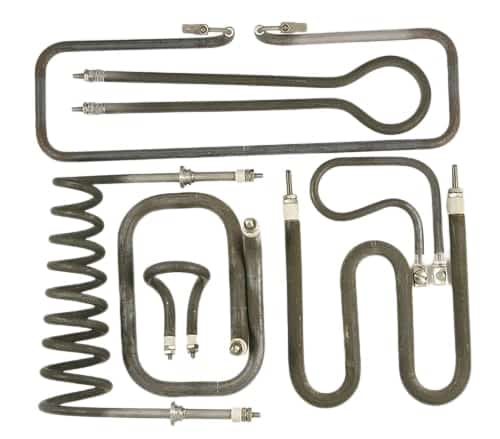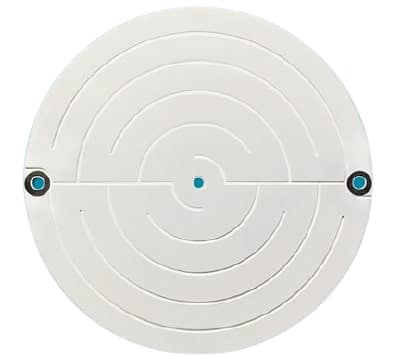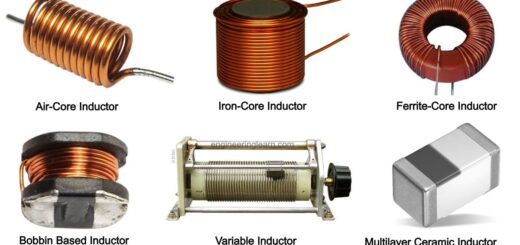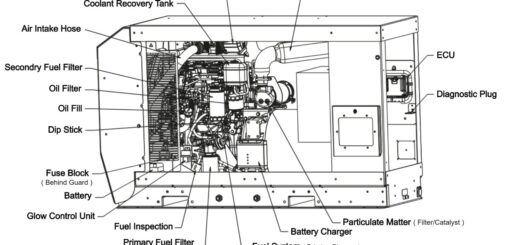What is Heating Element? Types, Application, Material, Symbol & How Does Work? [Complete Details]
![What is Heating Element? Types, Application, Material, Symbol & How does Work? [Complete Details]](https://engineeringlearn.com/wp-content/uploads/2021/12/Heating-Element-1024x539.jpg)
What is Heating Element?
What is Heating Element? Types, Application, Material, Symbol & How does Work? [Complete Details] :- A Heating element is an element which converts electricity into heat by the Joule heating method. The electrical current that passes through the part feels resistance, leading to the heating of the part. Generally, heating components use nickel-base alloy wire, ribbon, or strip. This nickel-base alloy 80/20 is a perfect material because of its high resistance and also the metal compound layer is formed once it is heated for the first time. Beneath the layer, the fabric won’t be changed, which forbids the breakage within the wire.
Resistance wire: Perhaps the wire or the ribbon, straight or volute are utilized in normal things like toasters and hair dryers, roof heating, furnaces for industrial heating, pathway heating to soften the snow, floor heating, dryers, etc. The foremost general wires are from the subsequent categories.
Molybdenum disilicate, an inter metallic compound, is a chemical compound of metal, which could be a refractory ceramic having basic use in heating components. It has an average density and is electrically conductive. At high temperatures, it forms a passive layer of silicon oxide, protecting it from more reaction.
Heating Element Symbol


How does a Heating Element Work?
The Heating components facilitate converting electricity into heat. However, to know how a heating element works, we tend to bear in mind some primary electricity lessons. First, one is that the conductors are sensible carriers of electricity. Opposite to them are the insulators that are bad carriers of electricity. Each insulator and conductor offer resistance to electrical currents that flow through them, though in a number of amounts. Conductors supply low resistances, on the other hand, the insulators supply a high level of resistance. So, electronic circuits embody resistors that manage what proportion of current will flow.
Resistors work by varying the voltage to the heat energy; in other words, we can say that they get hot once electricity flows through them. Not only resistors show such kind of behavior. Even a thin piece of wire can get hot if a person forces enough electricity through it. That’s the essential plan behind incandescent lamps (that is the old-fashioned, bulb-shaped lights). In the glass bulb, there’s a thin coil of wire called a filament. Once enough electricity flows through it, it glows white-hot, terribly brightly. Hence it is creating light by using electricity.
Types of Heating Parts and Their Uses
There are millions of completely different sorts of heating parts. Basically, Nichrome is employed for major applications because it is clean. Many a times it is embedded in a ceramic material to make it strong and sturdy. The ceramics square measure the high temperatures and do not mind millions of heating and cooling.
The Hair curling pair equipment, that is, the tongs have short, coiled parts because they have to supply heat over a thin tube around which the hair of the person is often wrapped. The electrical radiators have the long bar parts because of which they have to throw heat out across the wide space of an area. The electrical stoves have coiled heating parts of a perfect size to heat preparation pots and pans (often stove parts square measure lined by metal, glass, or ceramic plates because of which they are much easier to clean).In some appliances, in an electrical toaster, it is very simple to identify the ribbons of Nichrome designed into the toaster walls because of which they toast bread.
The electrical radiators create heat with glowing red bars (essentially basic coiled, wire heating parts that throw out heat by radiation), while the electrical heaters typically have homocentric, circular heating parts positioned before electrical fans (so they transport heat a lot quickly by convection). Few appliances have visible parts that work at lesser temperatures and do not glow like electrical kettles, these electrical kettles do not have to be compelled to operate at higher temperatures because they are only used for boiling the water (100°C or 212°F). Most of the appliances have their heating parts fully hid, sometimes for safety reasons. Electrical showers and hair curling pair of tongs have hidden parts therefore there are chances of having no risk of electrocution.
Types of Heating Element
1. Metal Heating Elements

Normally, these are made from nichrome, which is an alloy made up of a mixture of 80% nickel and 20% chromium. Nichrome 80/20 is comparatively a better heating element because the material generates a very high resistance.
Other kinds of metal heating elements consist of resistance wire, which is generally used in items like furnaces, hairdryers, toasters, and floor heating. Moreover, etched foil, which is also produced from the same materials as resistance wire is normally used in inaccurate heating applications.
2. Composite Heating Elements

There are the sheathed or tubular elements in the composite heating elements that make a fine coil of nichrome-resistance heating alloy wire. The composite heating elements can be used in appliances, like a toaster oven, as a straight rod. . The composite heating elements are generally used in appliances, mainly in home appliance, as a straight rod. Contrarily, the composite elements are normally bent and placed in appliances, like ovens, occasional makers, or electrical stoves.
3. PTC Heating Elements

These kinds of elements are produced by conducting PTC rubber, this rubber raises the resistivity exponentially with rising temperatures. These elements work fine with the heaters that generate large power in the cold in large amounts. This causes these elements to heat up quickly and balance a constant temperature.
Application of Heating Elements
- Maintenance of temperatures of fluids can be done using heating element.
- Can be used as heating cables for aquariums and terrariums.
- Shield the structure of the mechanical equipment regardless of the atmospheric circumstances square measure by a heating mat.
- Protect pipes and tanks from low temperatures with heating mats.
- Keep free from ice and snow the coach entrance vestibules with heating cables.
- Driver’s hands and feet have to be compelled to be unbroken by good heat with heating mats.
- Ice or Frost on the rails or third Rail with Rail Heating Cable.
- With a heating cable, it prevents snow and ice on the railway switches.
- Achieve analysis and manufacture of recent merchandise with the heating parts.
Image Source :- processheatingservices













